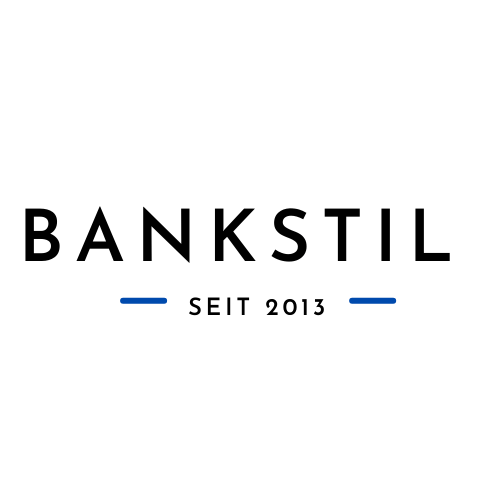Von Ralf Keuper
Bislang galt das deutsche Bankensystem als Treiber des Gründungsbooms in der Kaiserzeit im Zeitraum von 1890–1914. Die Rolle der Börse trat demgegenüber in den Hintergrund. Wie die Studie The Berlin Stock Exchange in Imperial Germany – A Market for New Technology? jedoch zeigt, wandten sich die Gründer der Kaiserzeit häufig direkt an die Börse, um die nötigen finanziellen Mittel für ihre “Startups” einzusammeln. Für ihre Arbeit aus dem Jahr 2015 erhielten die beiden Wirtschaftshistoriker Jochen Streb und Sibylle Lehmann-Hasemeyer nun von der Universität Hohenheim den Schmölders-Preis 2018.
Zur Beurteilung der Erfolgsaussichten sowie als Sicherheit dienten den Investoren die Patente der jungen aufstrebenden Unternehmen:
In the German Empire, it was obviously well understood too that patents could serve as a positive signal that increased the attractiveness of a firm’s shares. The Salinger Börsenhandbuch, a widely-used stock market manual that provided information about existing joint-stock companies, often re-published details about firm-specific patent portfolios the companies themselves had already revealed when advertising their IPOs in listing prospectuses. In 1904, for example, Salinger Börsenhandbuch emphasized that the innovative wallpaper-printing machines invented by machine builder Carl Schoening AG (IPO in 1903) were patented in all important industrialized countries. In 1911, it gave detailed information about the number and lifespans of the national and international patents held by Carl Lindström AG (IPO in 1910) which was engaged in precision engineering.
Die Autoren kommen zu dem Schluss:
This paper closes this gap of knowledge at least partly by showing that, since the 1890s, many innovative companies relied on the Berlin stock exchange as a source of financing. Even more surprising is the fact that innovators were not penalized by relatively high underprizing or low first trading prices. In the opposite, innovative start-ups that needed equity capital to run their risky R&D projects realized comparatively high offering prices, and, in the longer run, they did not perform worse than more seasoned corporations. These findings not only suggest that contemporary investors associated innovativeness with higher future profits. It is also strong evidence for the assumption that contemporary investors had rational expectations.
